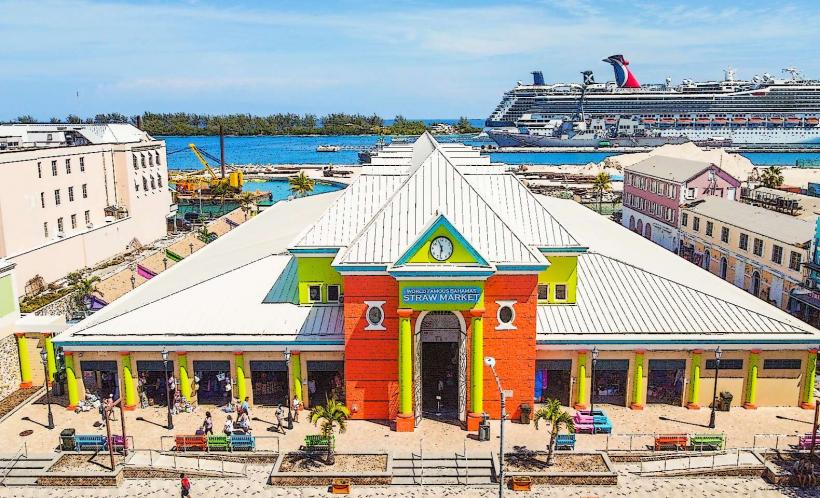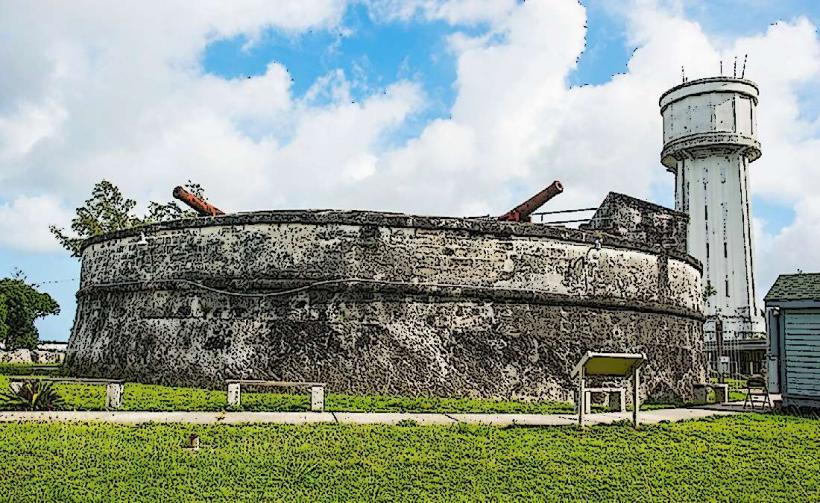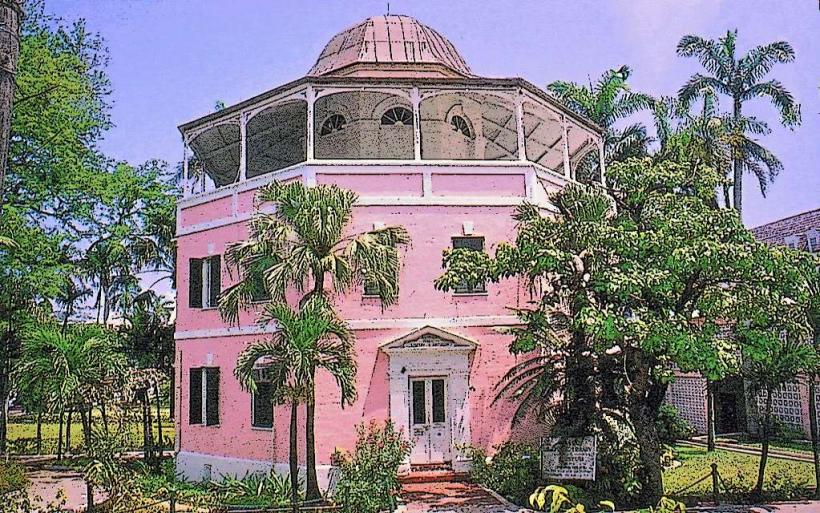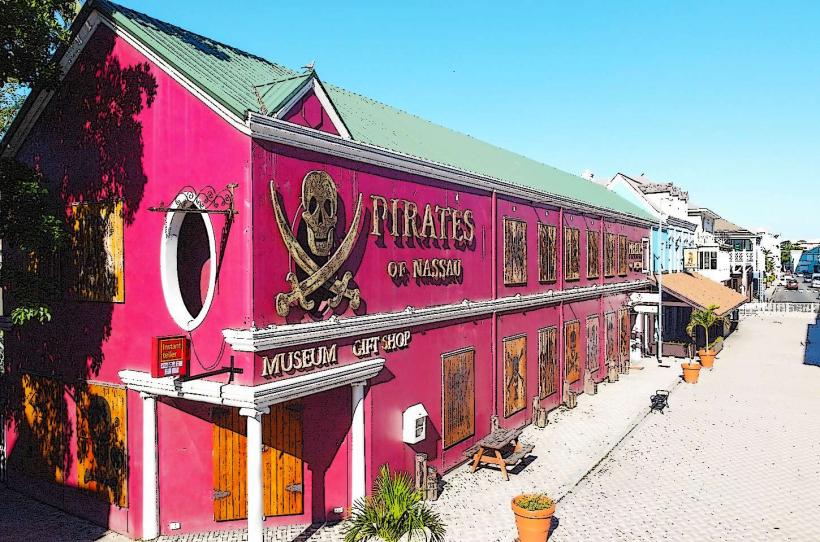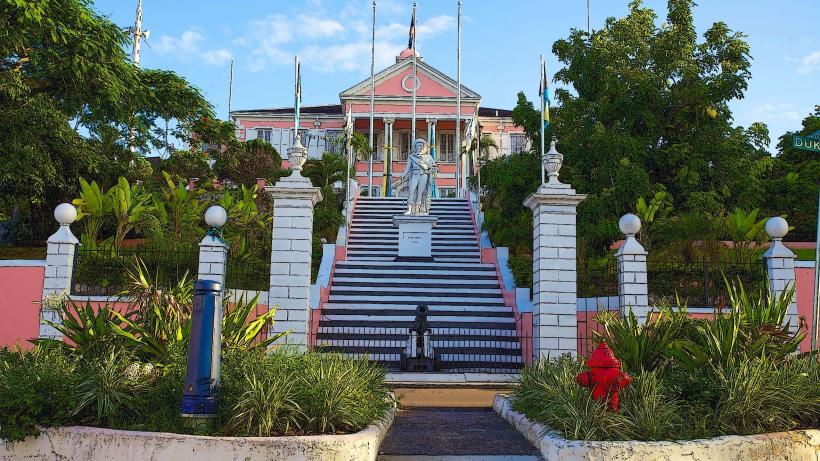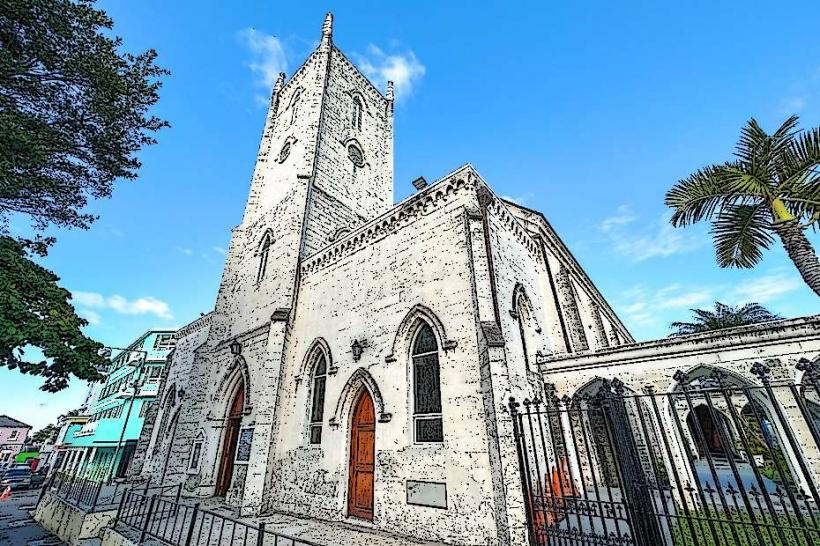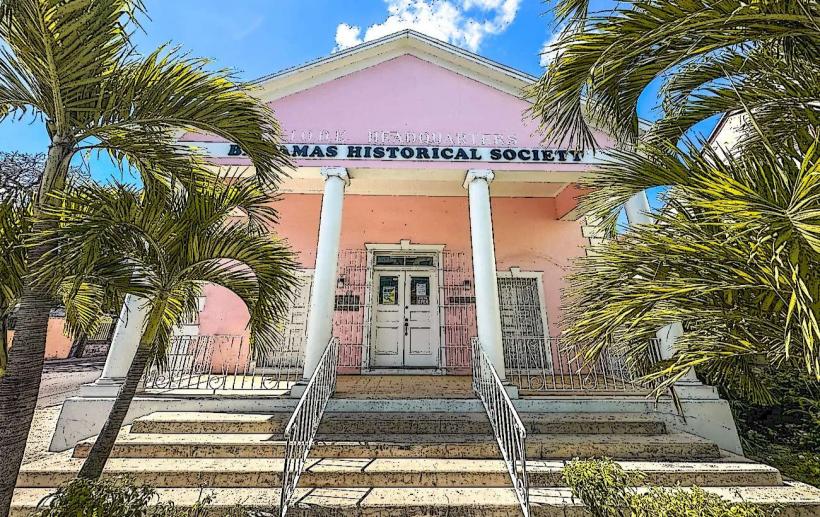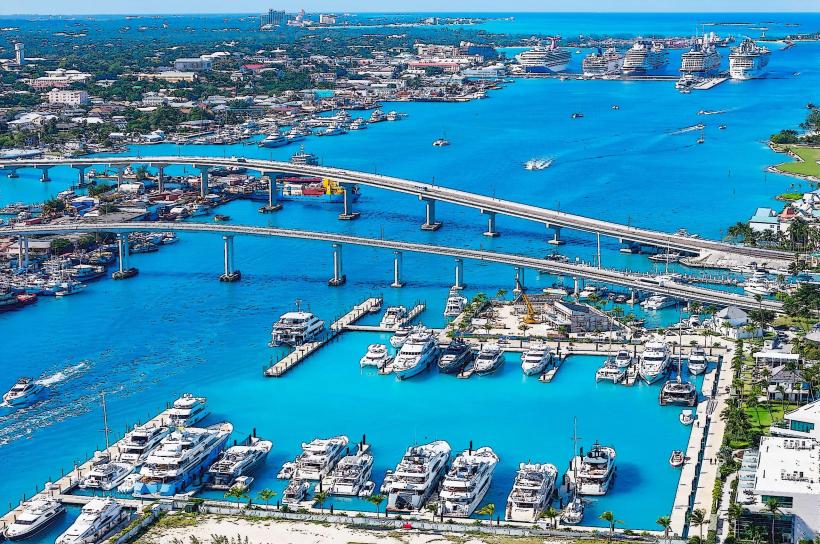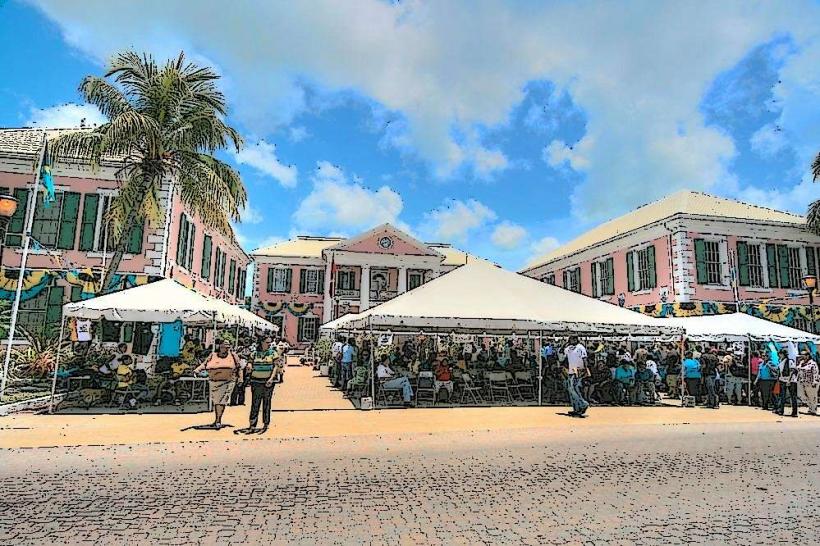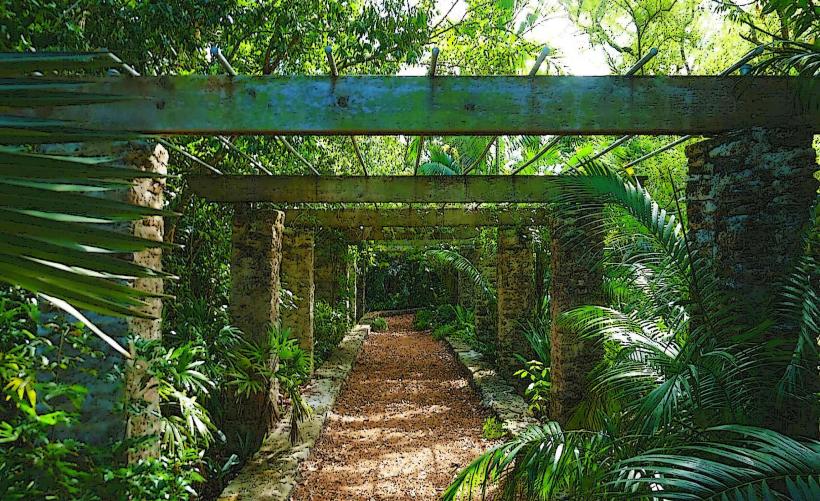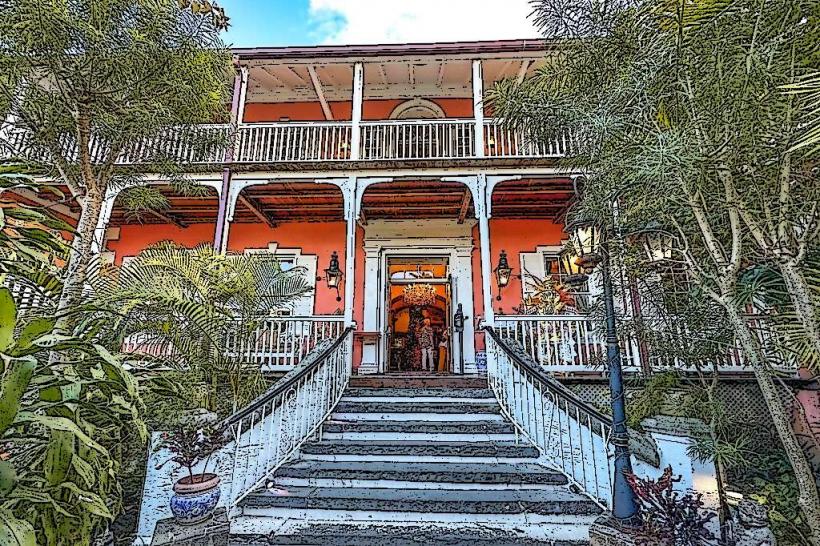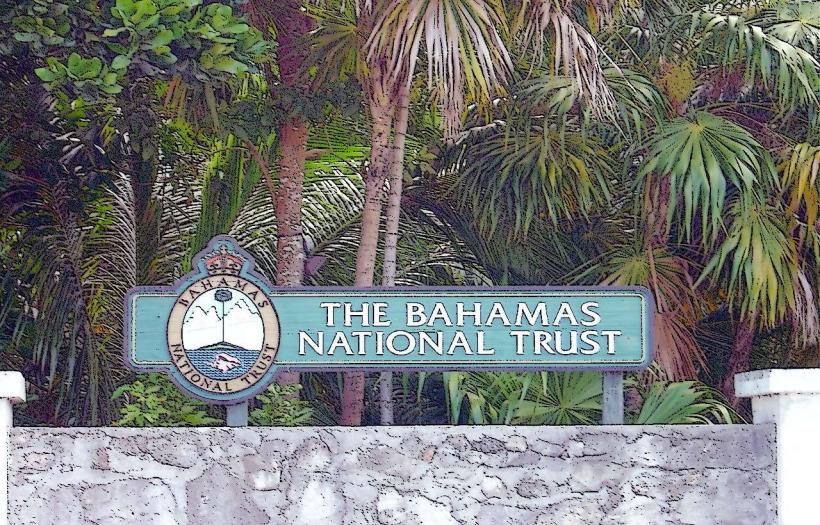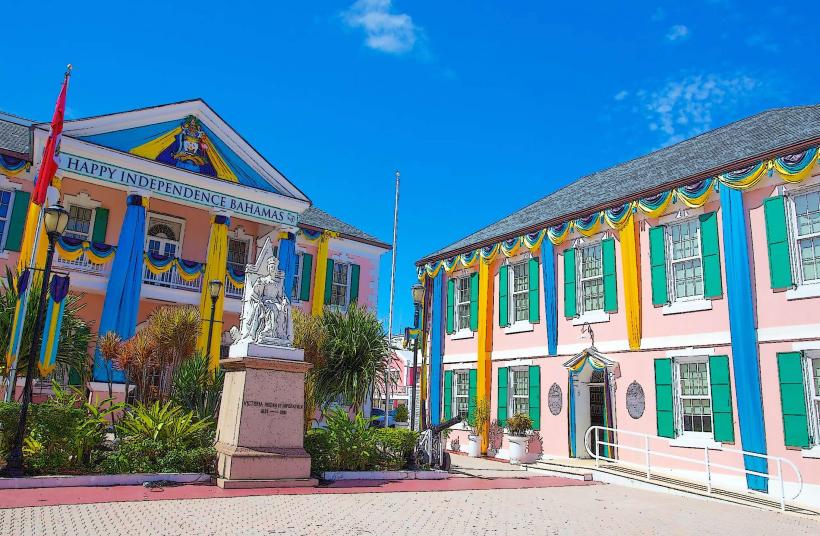Information
Landmark: Nassau's Old City WallsCity: Nassau
Country: Bahamas
Continent: North America
Nassau's Old City Walls are a historic set of fortifications that date back to the colonial era, designed to protect the city from pirate attacks, invasions, and other threats. These walls are a significant part of Nassau's history and offer insight into the city’s early defenses during its development in the 17th and 18th centuries.
Overview
- Location: The Old City Walls are situated in the heart of Nassau, particularly around the historic downtown area. Many remnants of these walls are visible along the Water Street and Bay Street areas, which were once crucial for defense.
- Historical Context: The city walls were constructed during the British colonial period, specifically in the late 1600s to the early 1700s, when Nassau was a key target for pirates and rival colonial powers, including Spain and France.
Purpose of the City Walls
The Old City Walls were primarily built for defensive purposes. Nassau, as a strategic port, was often threatened by pirates and foreign nations trying to seize control. The walls served as an outer defense, helping to protect the city from both land and sea attacks. At the time, pirates were a significant concern in the region, and Nassau’s position as a pirate haven further emphasized the need for security.
The walls were equipped with gates and bastions to allow for a defense against siege tactics. While some of the original fortifications have been lost over time due to urban development, parts of the walls still stand today as a reminder of Nassau's colonial past.
Key Features of the Old City Walls
Materials and Construction: The walls were constructed from limestone and coral stone, materials readily available in the region. The walls were reinforced with watchtowers and bastions, which were used to spot approaching enemies and provide defense during battles.
Main Gates: The Gates of Nassau were strategically placed in the city walls and served as the primary entry points into the city. These gates, such as the King's Gate and the Parliament Gate, were fortified and could be closed in times of attack to prevent entry by invaders.
Fortifications: The city walls were often accompanied by small forts and bastions, such as the Fort Nassau (which no longer stands) and the Fort Charlotte, which are located in different parts of the city to provide additional security. These forts were connected by the walls to create a defensive network.
Gateways: The original gates were built to withstand attacks and sieges, with thick doors and drawbridges. The gates were made from reinforced wood and metal, making them difficult for attackers to breach.
Current Condition and Preservation
Although much of the original Old City Walls have been dismantled or built over due to Nassau's growth, there are still preserved sections that remain visible for visitors. These remnants stand as historical markers and are often integrated into local tourist attractions.
Key locations where parts of the walls can still be seen include:
- Bay Street: Some sections of the old walls still run along Bay Street, offering a glimpse into the city's historical defenses.
- Water Street: Another area where remnants of the old fortifications can be seen, including parts of the original stone walls and foundations.
- **The Powder Magazine: A historical building that was part of the defenses during the colonial period. Though not strictly part of the city walls, it is located near them and offers additional context to the historical significance of Nassau’s defenses.
Significance in Bahamian History
The Old City Walls reflect the broader history of Nassau and the Bahamas, particularly during the period when piracy and colonialism played a central role in the region’s identity. Some key aspects of their historical significance include:
- Pirate Era: During the Golden Age of Piracy (17th and early 18th centuries), Nassau was known as a safe haven for pirates, and the city walls were a direct response to the constant threats from pirate crews and rival European colonial powers.
- Colonial Defense: As Nassau became more important to the British Empire, the walls were expanded and reinforced. They served as both military fortifications and symbols of the British Empire's presence in the region.
- Cultural Heritage: The walls today are a part of Nassau’s cultural and historical heritage. They are a reminder of the city's early colonial life and the strategic importance of Nassau as a port city. The walls tell the story of Nassau's defense against external threats, the rise and fall of piracy, and the development of the Bahamas as a nation.
Modern-Day Attractions
While the Old City Walls may not be as imposing as they once were, they still attract visitors who are interested in the historical architecture and military heritage of Nassau. Some ways to experience the Old City Walls today include:
Walking Tours: Many local tour guides offer historical walking tours that include stops at the Old City Walls and other nearby landmarks. Visitors can learn about the role of the walls in Nassau's history, the piracy era, and the broader context of Bahamian defense.
Museums and Exhibits: Some museums, such as the Pirates Museum and the Bahamian National Museum, feature exhibits related to Nassau’s early defenses, including artifacts and information about the city walls.
Parliament Square: The walls are also near Parliament Square, where visitors can explore other important historical sites, including Government House and the House of Assembly.
Educational Visits: The walls offer an excellent opportunity for school groups and history enthusiasts to learn about Nassau’s colonial past, its role as a pirate stronghold, and the eventual transformation into a thriving tourist destination.
Conclusion
Nassau’s Old City Walls are a fascinating glimpse into the city’s colonial past and its efforts to protect itself from pirates and foreign invaders. Though much of the original structure has been lost to time and development, the remnants that remain offer valuable insight into Nassau’s history. Today, the Old City Walls stand as a symbol of the city’s resilience and its role in the broader historical narrative of the Bahamas. Whether on a historical walking tour or exploring other landmarks in Nassau, the Old City Walls remain an important part of the city's heritage.


